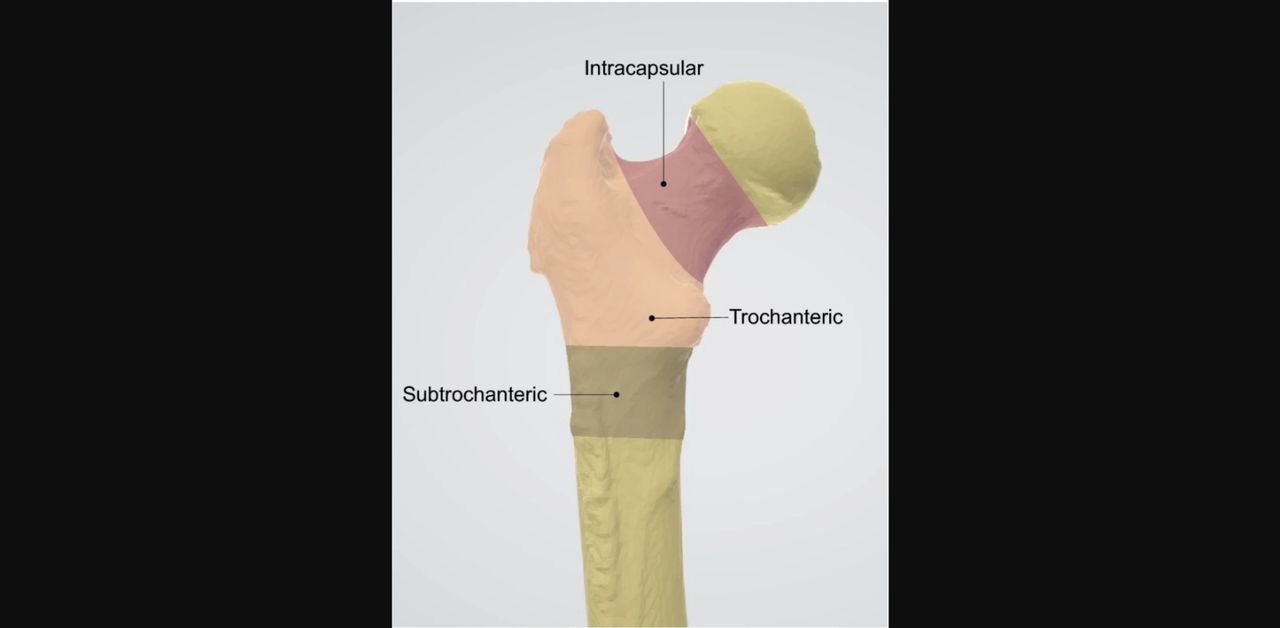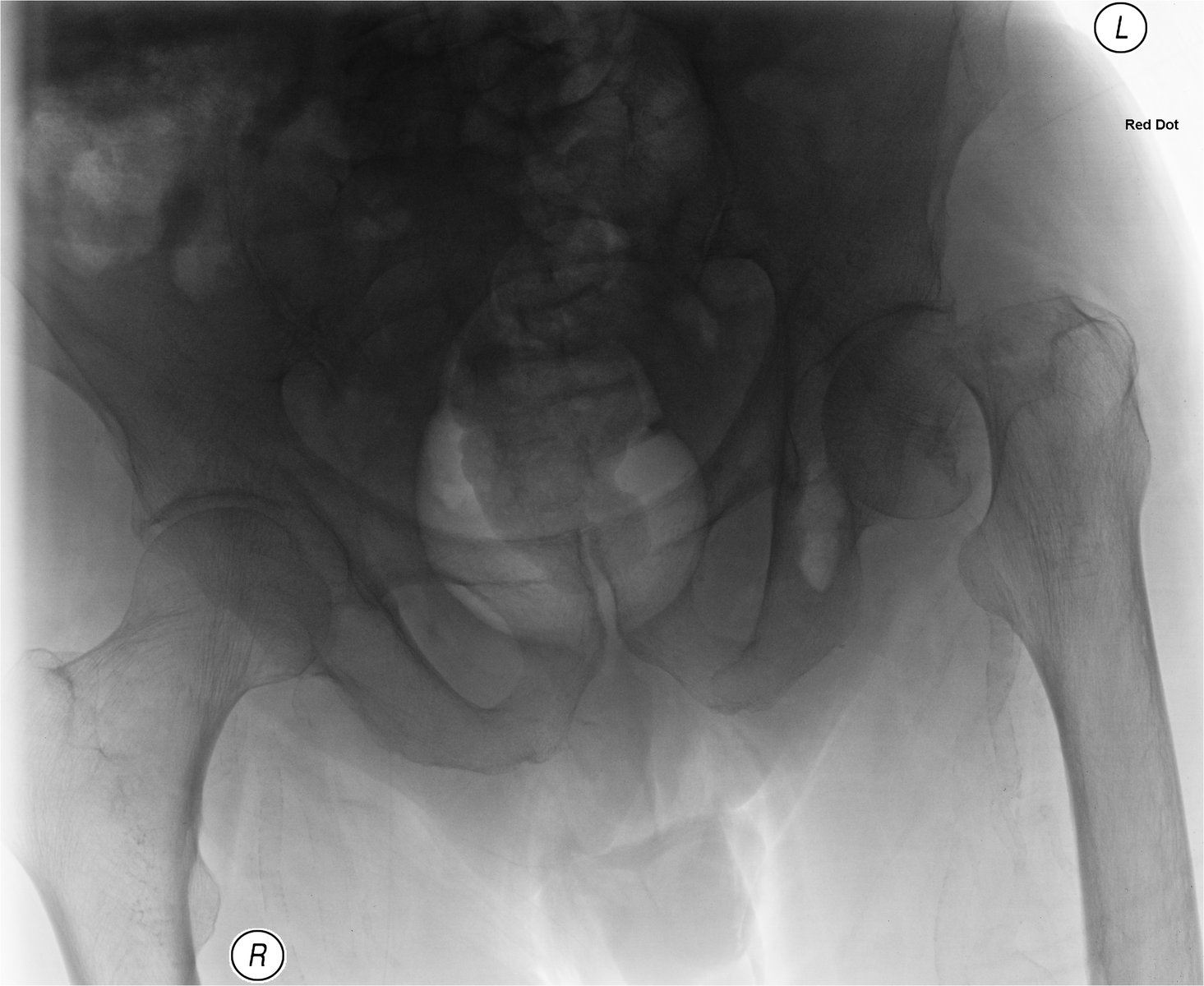Convolutional Neural Networks Support Better Patient Outcomes in Hip Fracture Cases
Machine learning algorithms such as Convolutional Neural Networks outperform clinical experts in classifying hip fractures
Convolutional Neural Networks or CNNs are increasingly favored in machine learning development programs associated with clinical research and surgical science. In the latest report, the advanced CNNs have been linked to better clinical outcomes among patients inflicted with different types of hip fractures. Overall, these CNNs are favored over human-based clinical reports because of a higher level of accuracy in hip fracture classification, better patient experience, and reduced ortho care costs.
According to a published report, a majority of hip fractures are managed using surgical procedures. These are aimed at restoring pre-fracture function and relieving pain. Surgical procedures are costly in nature, and wrongly classifying a hip fracture could increase the risks of morbidity as well as mortality for elderly and at-risk patients. Artificial Intelligence (AI) could reduce these risks significantly, especially in advanced hip bone fractures where human clinicians may have to take a decisive call on going ahead with a surgical procedure to restore full function and mobility. That’s where machine learning algorithms using Convolutional Neural Networks are gaining popularity in the world. A new machine learning process designed to identify and classify hip fractures has been shown to outperform human clinicians.
Two convolutional neural networks (CNNs) developed at the University of Bath were able to identify and classify hip fractures from X-rays with a 19% greater degree of accuracy and confidence than hospital-based clinicians, in results published this week in Nature Scientific Reports.
The research team, from Bath’s Centre for Therapeutic Innovation and Institute for Mathematical Innovation, as well as colleagues from the Royal United Hospitals Trust Bath, North Bristol NHS Trust, and Bristol Medical School, set about creating the new process to help clinicians make hip fracture care more efficient and to support better patient outcomes.
They used a total of 3,659 hip X-rays, classified by at least two experts, to train and test the neural networks, which achieved an overall accuracy of 92%, and 19% greater accuracy than hospital-based clinicians.
Convolutional Neural Networks and Their Involvement in Hip Fracture Classification for Effective Treatment Is Crucial in Managing High Costs
Hip fractures are a major cause of morbidity and mortality in the elderly, incurring high costs to health and social care. Classifying a fracture prior to surgery is crucial to help surgeons select the right interventions to treat the fracture and restore mobility and improve patient outcomes.
The ability to swiftly, accurately, and reliably classify a fracture is key: delays to surgery of more than 48 hours can increase the risk of adverse outcomes and mortality.
What are the different types of hip fractures?
Fractures are divided into three classes – intracapsular, trochanteric, or subtrochanteric – depending on the part of the joint they occur in. Some treatments, which are determined by the fracture classification, can cost up to 4.5 times as much as others.


In 2019, 67,671 hip fractures were reported to the UK National Hip Fracture Database, and given projections for population ageing over the coming decades, the number of hip fractures is predicted to increase globally, particularly in Asia. Across the world, an estimated 1.6 million hip fractures occur annually with substantial economic burden – approximately $6 billion per year in the US and about £2 billion in the UK.
As important are longer-term patient outcomes: people who sustain a hip fracture have in the following year twice the age-specific mortality of the general population. So, the team says, the development of strategies to improve hip fracture management and their impact of morbidity, mortality and healthcare provision costs is a high priority.
Rising Demand of CNNs in Radiology Departments
One critical issue affecting the use of diagnostic imaging is the mismatch between demand and resource: for example, in the UK the number of radiographs (including X-rays) performed annually has increased by 25% from 1996 to 2014. Rising demand on radiology departments often means they cannot report results in a timely manner.
Prof Richie Gill, lead author of the paper and Co-Director of the Center for Therapeutic Innovation, says: “Machine learning methods and neural networks offer a new and powerful approach to automate diagnostics and outcome prediction, so this new technique we’ve shared has great potential. Despite fracture classification so strongly determining surgical treatment and hence patient outcomes, there is currently no standardized process as to who determines this classification in the UK – whether this is done by orthopedic surgeons or radiologists specializing in musculoskeletal disorders.
“The process we’ve developed could help standardize that process, achieve greater accuracy, speed up diagnosis and alleviate the bottleneck of 300,000 radiographs that remain unreported in the UK for over 30 days.”
Mr Otto Von Arx, Consultant Orthopaedic Spinal Surgeon at Royal United Hospitals Bath NHS Trust, and one of the paper co-authors, adds: “‘As trauma clinicians, we constantly strive to deliver excellence of care to our patients and the healthcare community underpinned by accurate diagnosis and cost-effective medicine.
“This excellent study has provided us with an additional tool to refine our diagnostic armamentarium to provide the best care for our patients. This study demonstrates the excellent value of collaboration by the RUH and the research leader, the University of Bath.”
The study was funded by Arthropplasty for Arthiritis Charity. The NVIDIA Corporation provided the Titan X GPU that carried out machine learning functions, through its academic grant scheme.
The University of Bath is one of the UK’s leading universities both in terms of research and our reputation for excellence in teaching, learning and graduate prospects.
The University is rated Gold in the Teaching Excellence Framework (TEF), the Government’s assessment of teaching quality in universities, meaning its teaching is of the highest quality in the UK.
In the Research Excellence Framework (REF) 2014 research assessment 87 percent of our research was defined as ‘world-leading’ or ‘internationally excellent’. From developing fuel-efficient cars of the future to identifying infectious diseases more quickly, or working to improve the lives of female farmers in West Africa, research from Bath is making a difference around the world.

Comments are closed.